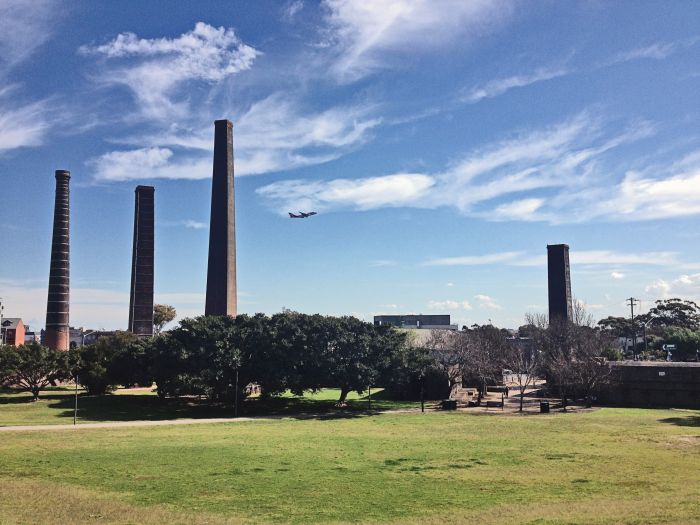Some Sydneysiders are grieving for what was. Some are fighting valiantly to prevent what’s slated to come. Some feel displaced.
Into this shifting context comes a major new Sydney Review of Books series called Writing NSW. The series features 17 emerging and established essayists reflecting on the relationship between culture and place and responding to the question, “What stories do the places we live, write and work in tell?”
Four essays contain insights sure to be of interest to South Sydney Herald readers and residents of our inner suburbs concerned about the social and environmental impact of urban development.
They are:
- “394 Abercrombie Street” (Darlington) by writer and associate professor Anthony Macris
- “Who knows where: Netherspace” (Redfern) by Gomeroi scholar and author Alison Whittaker
- “Lost landscapes of Waterloo” by academic and blogger about Australia’s built environment Tom Lee
- “Excavating St Peters” by writer, artist and blogger about exploring Sydney Vanessa Berry
While the essays are not primarily meant to be historical records they do chart changes occurring in Sydney’s suburbs. Here’s a sneak peek at what they contain.
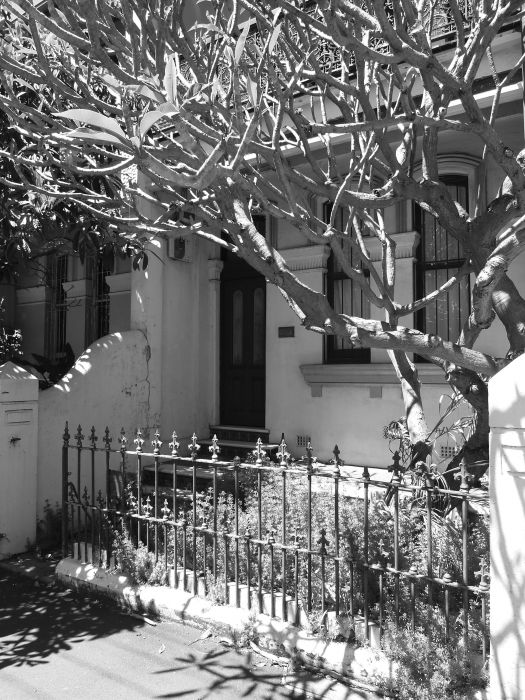
Darlington: Anthony Macris moved from Brisbane to Sydney in the early 1980s and into a share-house at 394 Abercrombie Street so he could commence studies at Sydney University. “With its bars on the windows, its thick brick walls, its foundations deep in the ground, the terrace house in Abercrombie Street felt like a decrepit prison.” He hated the terrace but it was indifferent, “Place simply doesn’t care how you feel about it.” Similarly, he loved Sydney’s light and how it filled him with energy, but soon realised, “You can relocate to a city that’s all spectacle – soaring bridge, spangled harbour – but it won’t even notice you’re there.” Would he ever belong?
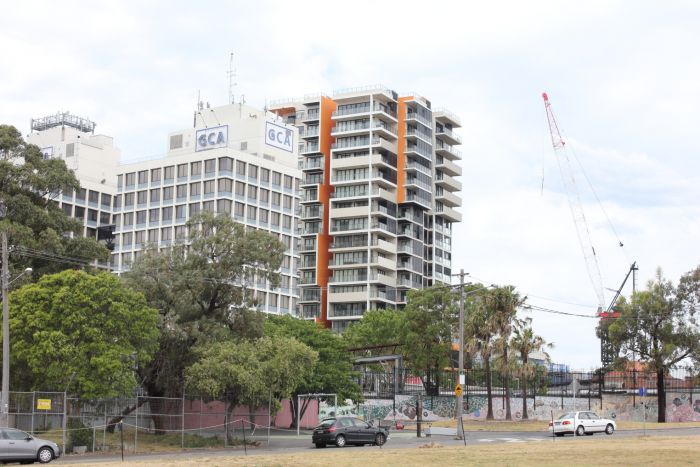
Redfern: Alison Whittaker writes that Redfern is being “driven into abstraction by gentrification, [and] that Indigenous communities are being scattered into sparse pockets of barely affordable housing”. She also says that with “more white mass” now at its centre, “Redfern is in crisis as the home for Indigenous diaspora.” Whittaker explains that Redfern is not to Aboriginal diaspora as Melbourne is to Greek diaspora because it is at once place and race. “Therein lies its significance to Aboriginal NSW.”
She also argues that, while Redfern is home to the Gadigal, it is also “an aspirational netherspace for our [the Aboriginal diaspora’s] writing and our hoping, and those within it must always agitate for us. The Block is the home of rally after rally. Redfern’s community are made a case study for Aboriginal affairs in much the same way a canary is made a case study for mineshaft safety.”
Although Redfern did not ask for this responsibility, Whittaker says the suburb operates almost like a parliament for the interests of all Indigenous persons in NSW and Australia.
“Off-country aspirants like me burden it with our own desires for it to constitute us, some hundreds of nations with some common, some divergent interests.” As Redfern continues to change, she wonders, “Who now will host the netherspace – another displacement? Or are we stuck now with finding a host for imagining the imaginary – the longing for the place that held netherspace, which in turn, held longing for the very first bits of place that got cut off?”
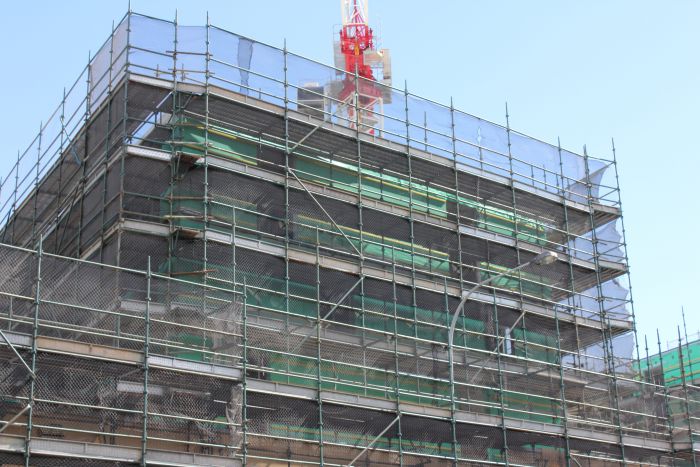
Waterloo: Tom Lee writes of how he arrived in Waterloo in mid-2015 and watched from his new apartment how industrial facades disappeared behind scaffolding and reappeared as “industrially-inspired, luxury living”. He soon realised his “burrow was positioned in a time and place of rapid transition, one in a series over the relatively recent history of white settlement”.
Lee also learnt that his apartment block was built on an old dam known as Little Waterloo Dam, one of a series of interconnected water features once typical of the area and crucial to the industries of the nineteenth century. He notes that apart from the Alexandria Canal, and wetlands preserved within Centennial Park, the golf courses nearby and in Botany, most of Sydney’s swamps have been reclaimed to support building.
“While it is a given that humans will always exist in some kind of place, the quality of that place, its diversity, richness and robustness, is a matter of purposeful effort,” he writes.
“Great tracts of land and their stories lie locked away, some inevitably, some due to a lack of interest. In order to derive sustenance from place it must be sought out, augmented and woven together.”
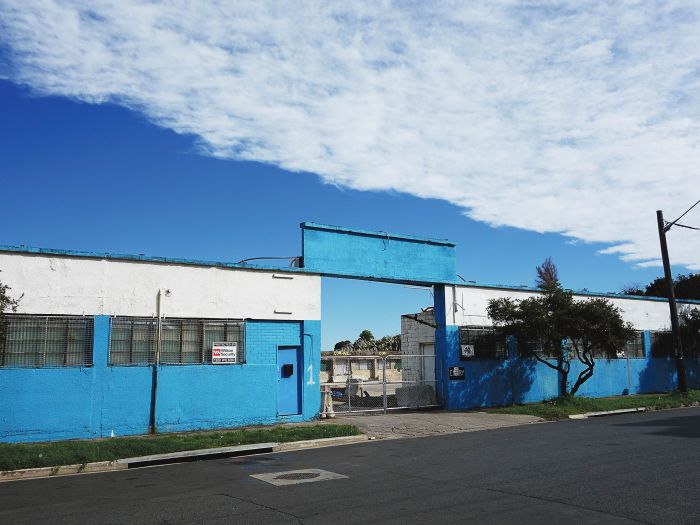
St Peters: Vanessa Berry describes the Gadigal people walking and hunting kangaroo in the ancient turpentine and ironbark forests that flourished in the region before the British invaded and stripped the forests and extracted the clay to make bricks. “As the city climbed upwards and radiated outwards, its buildings took shape from bricks made of St Peters earth.”
The more recent threat to St Peters is WestConnex, Berry writes, a six-lane highway, intended to carry 50,000 more cars per day. “To achieve this the edge of the park will be sliced off and the paperbark trees that line the road removed. Each of these paperbarks, like all of the trees threatened by WestConnex, has been wrapped in a strip of blue cloth in protest. Across St Peters hundreds of trees wear these blue ribbons, marking their condemnation.’
Berry recalls a packed “Save Our City, Save Sydney Park” meeting that started with Uncle Ken Canning acknowledging Gadigal country and calling upon people to “respect every aspect of what is left”. WestConnex, Canning said, “comes from the same colonial mentality that invaded this land 228 years ago”.
These four essays are keenly observed, deeply engaging and peppered with fascinating details about Sydney. They provide valuable insights into our city’s changing landscape, and its multi-layered past. As Berry says Sydney is a city “of margins and edges, of criss-crossing identities, a city of atmospheres and ambiences”. To explore more of what this means read the essays online.


